10 Things to Know Before Transitioning to Sustainable Forestry
- August 8, 2024
- 0 comment
Sustainable forestry is a management approach that seeks to maintain and enhance the long-term health of forest ecosystems while providing social, economic, and environmental benefits.

Transitioning to sustainable forestry practices is essential for preserving biodiversity, combating climate change, and ensuring the livelihoods of communities dependent on forest resources.
However, the shift requires careful planning, knowledge, and commitment. Here are the critical things to know before making the transition to sustainable forest.
List of 10 Things to Know Before Transitioning to Sustainable Forestry:
- Assessing Current Forestry Practices
- Developing a Sustainable Forestry Plan
- Implementing Sustainable Forestry Practices
- Promoting Biodiversity
- Addressing Climate Change
- Supporting Local Communities
- Policy and Regulatory Framework
- Education and Capacity Building
- Monitoring and Evaluation
- Challenges and Solutions
Definition and Principles of Benefits for Sustainable Forestry
Sustainable forestry is based on the principles of ecological balance, economic viability, and social equity. It involves managing forest resources in a way that meets current needs without compromising the ability of future generations to meet theirs. Key principles include maintaining biodiversity, protecting water resources, and ensuring the forest’s capacity to regenerate.
The benefits of sustainable forestry are manifold. Environmentally, it helps conserve biodiversity, protect watersheds, and mitigate climate change by sequestering carbon. Economically, it can provide a steady source of income through timber and non-timber forest products. Socially, it supports the livelihoods of indigenous and local communities, providing jobs and promoting social stability.
1. Assessing Current Forestry Practices
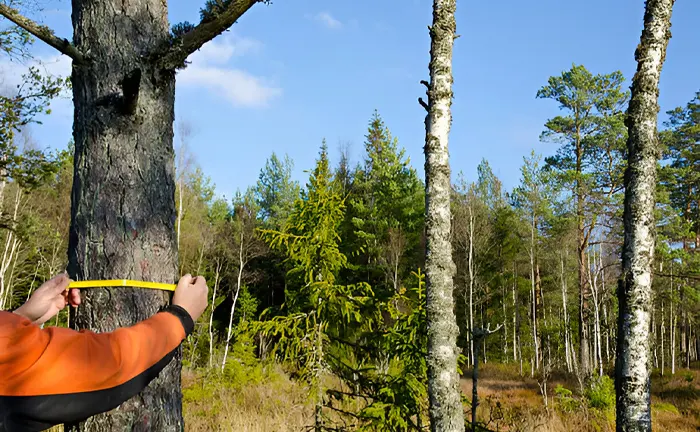
Evaluating Ecological Impact
Before transitioning to sustainable forestry, it is crucial to assess the ecological impact of current forestry practices. This involves examining the effects on biodiversity, soil health, water quality, and forest regeneration. Identifying areas of degradation or over-exploitation can help in planning sustainable interventions.
Economic Analysis
An economic analysis of current forestry operations can reveal inefficiencies and potential areas for improvement. This includes evaluating the profitability of timber and non-timber products, the cost of forest management practices, and the economic benefits of ecosystem services provided by forests.
2. Developing a Sustainable Forestry Plan
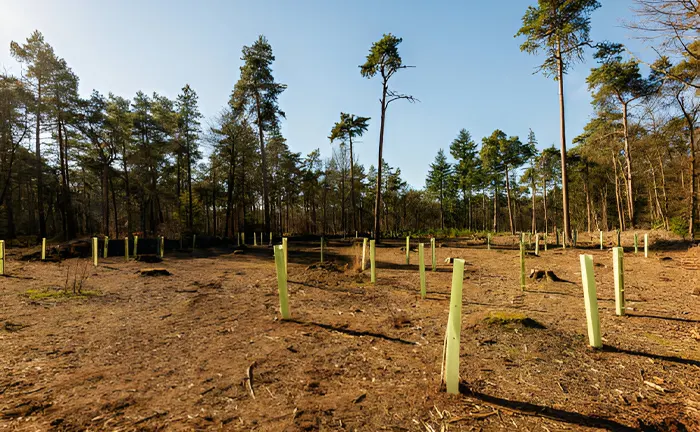
Setting Clear Goals and Objectives
A sustainable forestry plan should start with clear goals and objectives that align with ecological, economic, and social priorities. These might include preserving specific species, enhancing forest regeneration, improving water quality, and supporting local communities.
Stakeholder Engagement
Engaging stakeholders, including government agencies, local communities, NGOs, and industry players, is vital for the success of sustainable forestry. Collaborative decision-making ensures that the interests and knowledge of all parties are considered, leading to more effective and inclusive forest management practices.
3. Implementing Sustainable Forestry Practices
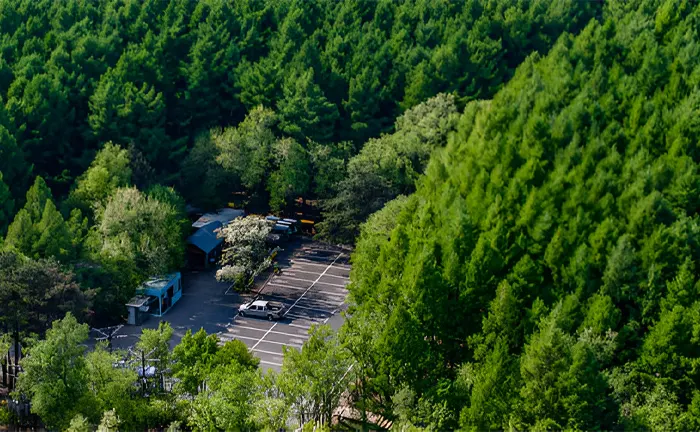
Forest Certification
Obtaining forest certification from recognized bodies such as the Forest Stewardship Council (FSC) or the Programmed for the Endorsement of Forest Certification (PEFC) can provide a framework for sustainable practices and assure consumers of the sustainability of forest products. Certification involves meeting specific environmental, social, and economic criteria and undergoing regular audits.
Adaptive Management
Sustainable forestry requires adaptive management, a process that involves monitoring forest conditions, assessing the effectiveness of management strategies, and making necessary adjustments. This approach ensures that forestry practices remain responsive to changing environmental conditions and new scientific knowledge.
4. Promoting Biodiversity
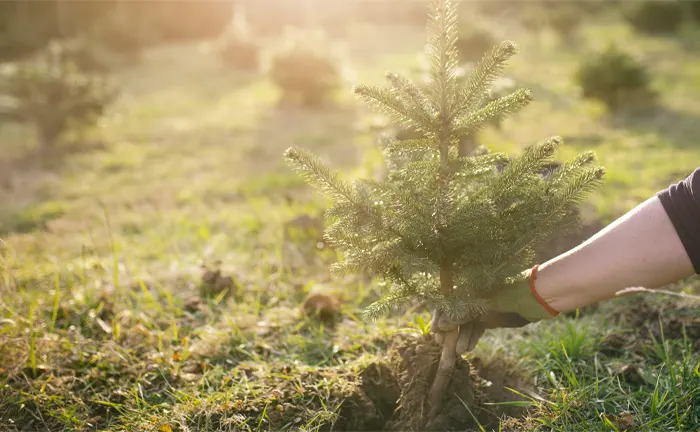
Conservation Strategies
Promoting biodiversity is a cornerstone of sustainable forestry. Conservation strategies may include protecting old-growth forests, establishing wildlife corridors, and implementing selective logging practices that minimize habitat disruption. Maintaining a variety of tree species and ages can also enhance ecosystem resilience.
Restoration Efforts
Restoration efforts are crucial in degraded areas. Reforestation and afforestation initiatives, combined with soil conservation practices, can help restore ecological balance. Using native species and promoting natural regeneration are effective strategies for successful restoration.
5. Addressing Climate Change
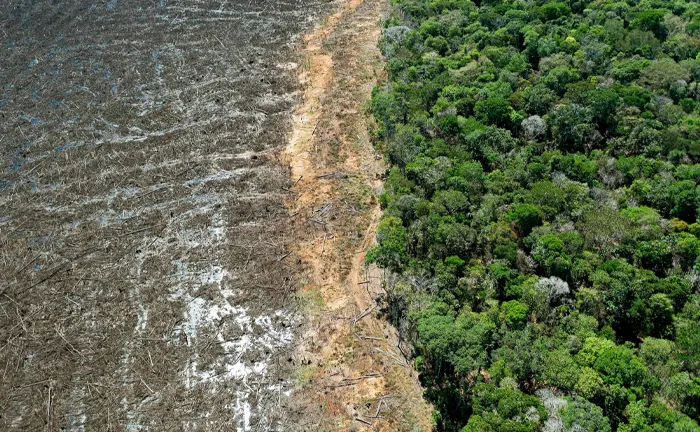
Carbon Sequestration
Forests play a critical role in carbon sequestration, absorbing carbon dioxide from the atmosphere and storing it in biomass and soil. Sustainable forestry practices that enhance carbon storage, such as maintaining healthy forest cover and promoting natural regeneration, can significantly contribute to climate change mitigation.
Reducing Emissions
Transitioning to sustainable forestry also involves reducing emissions from forest operations. This can be achieved through energy-efficient practices, minimizing the use of fossil fuels, and adopting low-impact logging techniques. Additionally, preventing deforestation and forest degradation is essential for reducing greenhouse gas emissions.
6. Supporting Local Communities
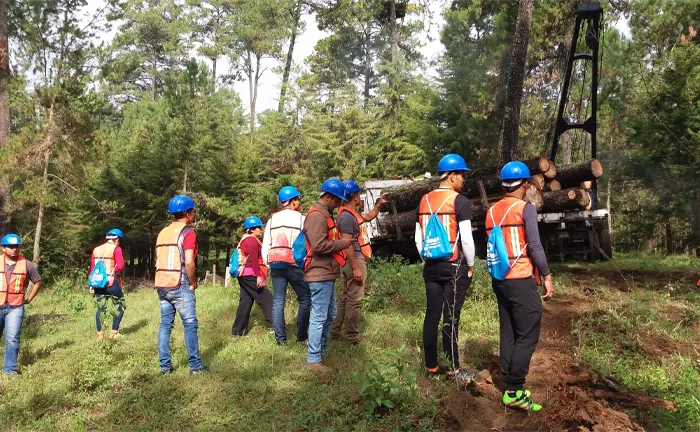
Community Forestry
Community forestry involves the active participation of local communities in managing forest resources. This approach can empower communities, improve livelihoods, and ensure the sustainability of forest management practices. Providing training and capacity-building opportunities for community members is essential for successful community forestry initiatives.
Fair Trade and Economic Opportunities
Promoting fair trade and economic opportunities for local communities is an integral part of sustainable forestry. This includes ensuring fair wages for forest workers, supporting local enterprises, and creating markets for sustainably produced forest products. Equitable benefit-sharing mechanisms can also enhance community support for sustainable forestry practices.
7. Policy and Regulatory Framework
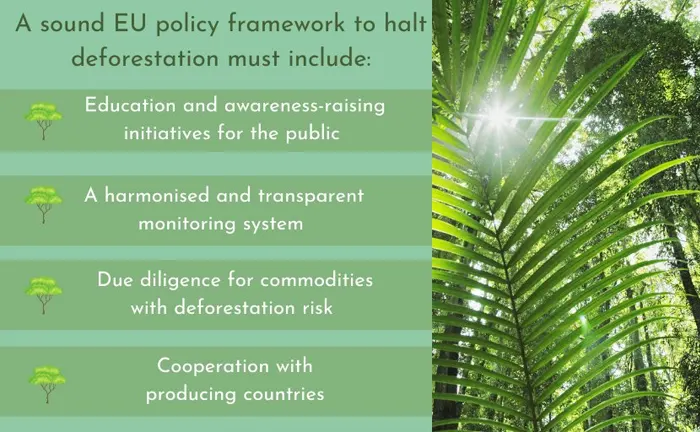
National and International Policies
A supportive policy and regulatory framework is crucial for the success of sustainable forestry. National policies should promote sustainable land use, forest conservation, and the rights of indigenous and local communities. International agreements, such as the Convention on Biological Diversity and the Paris Agreement, provide additional support and guidelines for sustainable forestry.
Legal Compliance
Ensuring legal compliance with forestry regulations is essential for maintaining the integrity of sustainable forestry practices. This includes adhering to logging permits, land use rights, and environmental protection laws. Strong enforcement mechanisms and transparent monitoring systems can help prevent illegal logging and other unsustainable practices.
8. Education and Capacity Building
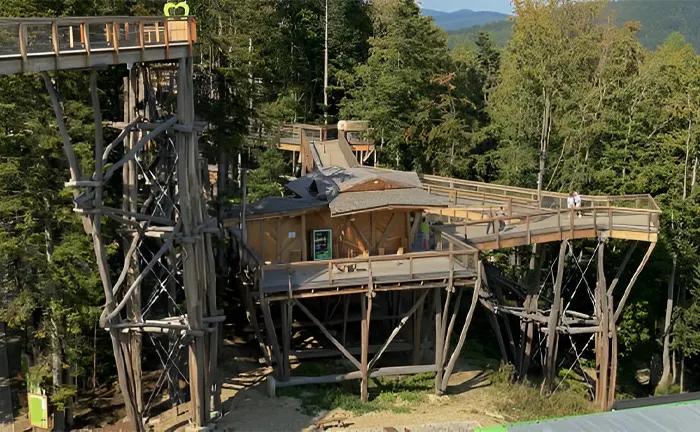
Training Programs
Education and capacity building are vital for transitioning to sustainable forestry. Training programs for forest managers, workers, and community members can enhance their knowledge and skills in sustainable practices. Topics may include sustainable harvesting techniques, biodiversity conservation, and forest certification processes.
Research and Development
Investing in research and development is crucial for advancing sustainable forestry practices. Research can provide insights into forest ecosystems, climate change impacts, and innovative management techniques. Collaboration with academic institutions, research organizations, and other stakeholders can drive the development of evidence-based practices.
9. Monitoring and Evaluation
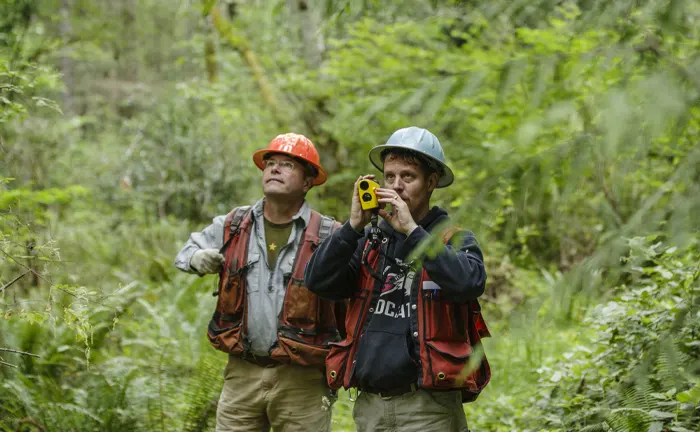
Performance Indicators
Monitoring and evaluation are essential components of sustainable forestry. Establishing performance indicators can help track progress toward sustainability goals. Indicators may include forest cover, biodiversity levels, carbon sequestration rates, and economic benefits to local communities.
Continuous Improvement
Continuous improvement is a key aspect of sustainable forestry. Regular assessments and feedback mechanisms can identify areas for improvement and drive the adoption of best practices. Engaging stakeholders in the evaluation process ensures that diverse perspectives are considered, leading to more comprehensive and effective forest management strategies.
10. Challenges and Solutions
Overcoming Resistance to Change
Transitioning to sustainable forestry may face resistance from stakeholders accustomed to conventional practices. Addressing this challenge requires effective communication, demonstrating the long-term benefits of sustainability, and providing incentives for adopting sustainable practices.
Balancing Economic and Environmental Goals
Balancing economic and environmental goals is a common challenge in sustainable forestry. Developing integrated management plans that consider both economic viability and ecological health can help achieve this balance. Diversifying income sources through non-timber forest products and ecosystem services can also enhance economic resilience.
Addressing Land Tenure Issues
Land tenure issues can pose significant challenges to sustainable forestry. Ensuring secure land tenure for indigenous and local communities is essential for successful forest management. Legal reforms and community-based land management approaches can help address tenure issues and promote sustainability.
Final Thoughts
Transitioning to sustainable forestry is a complex but rewarding endeavor that requires a comprehensive understanding of ecological, economic, and social factors. By adopting sustainable practices, engaging stakeholders, and fostering continuous improvement, we can ensure the health and productivity of forest ecosystems for generations to come. Sustainable forestry not only preserves our natural heritage but also supports the well-being of communities and contributes to global efforts to combat climate change. Making informed decisions and committing to long-term sustainability is the key to a thriving and resilient future for our forests.
Frequently Asked Questions (FAQs)
- What is sustainable forestry?
Sustainable forestry is the practice of managing forest resources to meet current ecological, economic, and social needs without compromising the ability of future generations to meet their own needs. It involves maintaining biodiversity, protecting water resources, and ensuring the forest’s capacity to regenerate. - Why is sustainable forestry important?
Sustainable forestry is crucial for preserving biodiversity, combating climate change, and supporting the livelihoods of communities dependent on forest resources. It helps conserve ecosystems, sequester carbon, protect water supplies, and provide economic opportunities through sustainable forest products. - How do you assess the ecological impact of current forestry practices?
Assessing the ecological impact involves examining the effects on biodiversity, soil health, water quality, and forest regeneration. This can include conducting environmental impact assessments, monitoring species diversity, and analyzing changes in forest cover and soil conditions. - What are the benefits of forest certification?
Forest certification, provided by organizations such as the Forest Stewardship Council (FSC) or the Programme for the Endorsement of Forest Certification (PEFC), ensures that forestry practices meet specific environmental, social, and economic criteria. Certification can enhance market access, provide consumer assurance of sustainability, and promote better forest management practices. - How can biodiversity be promoted in sustainable forestry?
Biodiversity can be promoted through conservation strategies such as protecting old-growth forests, establishing wildlife corridors, and implementing selective logging practices. Maintaining a variety of tree species and ages and conducting reforestation and afforestation with native species are also effective measures. - What role do local communities play in sustainable forestry?
Local communities play a vital role in sustainable forestry through community forestry initiatives. These initiatives involve the active participation of community members in managing forest resources, which can empower them, improve livelihoods, and ensure sustainable practices. Providing training and economic opportunities are essential for the success of these initiatives. - What are some challenges in transitioning to sustainable forestry?
Challenges include resistance to change from stakeholders, balancing economic and environmental goals, and addressing land tenure issues. Effective communication, demonstrating the benefits of sustainability, and providing incentives can help overcome resistance. Developing integrated management plans and ensuring secure land tenure are also important. - How is climate change addressed in sustainable forestry?
Sustainable forestry addresses climate change by enhancing carbon sequestration through maintaining healthy forest cover and promoting natural regeneration. It also involves reducing emissions from forest operations by adopting energy-efficient practices and low-impact logging techniques. Preventing deforestation and forest degradation is critical for reducing greenhouse gas emissions.
We hope this guide helps you navigate the critical aspects of transitioning to sustainable forestry, tailored to the needs of forest managers, communities, and environmental advocates. Have experiences with sustainable forestry practices or additional tips on making the transition smoother? Share your thoughts and join the conversation below. Your insights could help others make informed decisions and shape future discussions. Don’t forget to share this article with fellow forestry enthusiasts, professionals, and stakeholders committed to sustainable forest management!

Gilbert Griffin
Forestry AuthorGilbert Griffin is a forest management expert specializing in sustainable practices, forest health, conservation, and land management. With extensive knowledge in pest control, disease management, and habitat restoration, Gilbert develops strategies to preserve forest ecosystems and biodiversity. Passionate about the natural world, Gilbert adapts to changes in forest management and stays updated through continuous learning. Gilbert also provides seasonal advice to optimize forest care throughout the year.

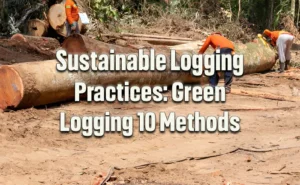
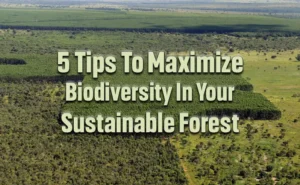
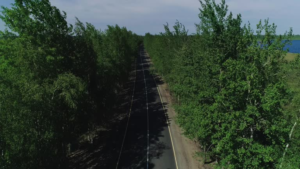
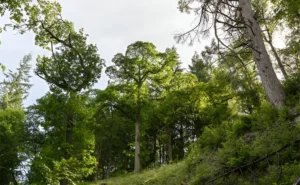





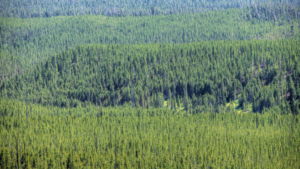

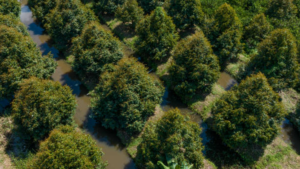
Leave your comment